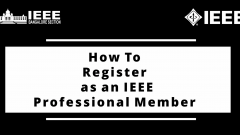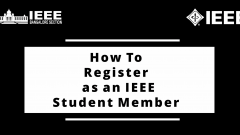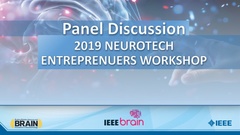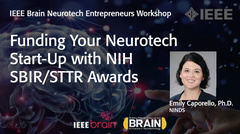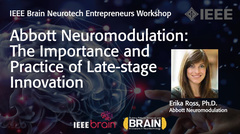Nanotechnology For Electrical Engineers
Over the last two decades, the world-wide community of nano-engineers has advanced assembly of nano-materials such as molecules, polymers, and colloidal quantum dots into active optical and electronic structures of nano-scale thickness, developing them into practical device technologies of high-energy efficiency. This paradigm shift in device engineering is a sign of the dawn of a new era of electrical engineering and will define 21st-century pursuits. Through examples of commercial and pre-commercial demonstrations of nanostructured devices developed in the Organic and Nanostructured Electronics laboratory (ONE-lab) at MIT, the talk will highlight the emergence of practical, large-area nano-enabled light-emitting devices for lighting, displays, and IR illumination, new types of nano-structured solar cells for ubiquitously deployable energy harvesting, and new nanoscale electro-mechanical structures for computation, actuation, and sensing. About the keynote speaker: Vladimir Bulovic is the Professor of Electrical Engineering at MIT, leading the Organic and Nanostructured Electronics laboratory, directing the MIT Microsystems Technology Laboratories, and co-directing the MIT-ENI Solar Frontiers Center. Bulovic's research interests include studies of physical properties of organic and inorganic nanocrystal composite thin films and structures, and development of novel nanostructured optoelectronic devices. He is an author of over 140 research articles (cited over 10,000 times) and an inventor of over 50 US patents in areas of light emitting diodes, lasers, photovoltaics, photodetectors, chemical sensors, programmable memories, and microelectromachines, the majority of which have been licensed and utilized by both startup and multinational companies. He is a founder of QD Vision, Inc. of Watertown, MA, USA, which is producing quantum dot optoelectronic components; of Kateeva, Inc. of Menlo Park, CA, USA, which is focused on development of printed organic electronics; and Ubiquitous Energy, Inc., which is developing nanostructured solar technologies.
The world-wide community of nano-engineers has advanced assembly of nano-materials into active optical and electronic structures of nano-scale thickness. This points the way to disruptive technologies in bioengineering. You'll want to learn more.
 Cart
Cart Create Account
Create Account Sign In
Sign In

